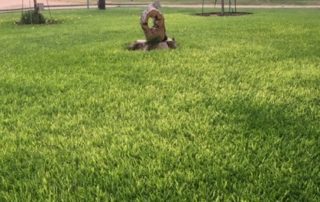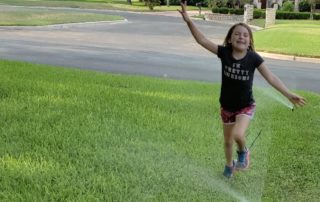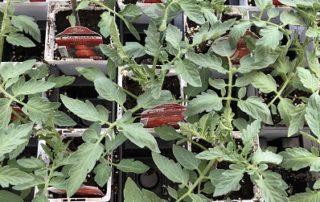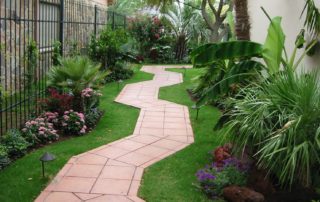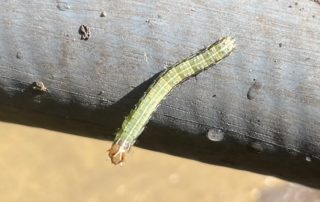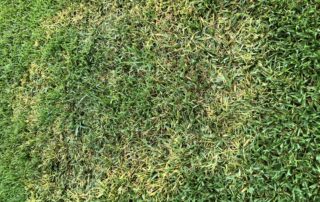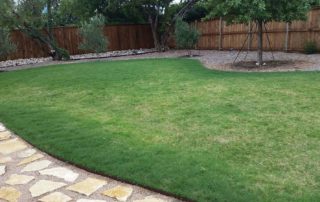Dog Vomit Slime Mold
What a name for such a harmless creature! I say creature because a slime mold is neither a plant nor an animal. It is more closely related to the amoeba and certain seaweeds than fungi. This disgusting looking slime mold is often found feeding on the fungus and bacteria that are involved in the decomposition of organic matter, usually on bark mulch or even dead tree roots near the surface of the soil. They are actually helping return nitrogen to the soil, so if you can stand to leave them [...]



